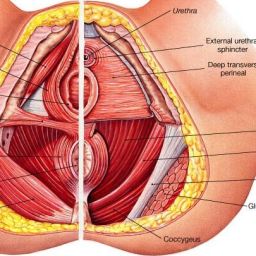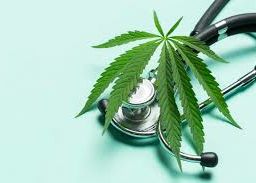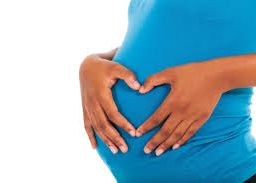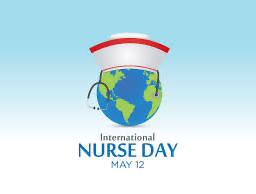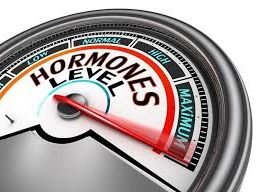
Breast Cancer Risk Factors Explained: Tips for Prevention and Early Detection
Breast cancer remains a pressing concern for many, and understanding its intricacies and true risk factors is paramount. Delving beyond common myths, we shed light on the genuine complexities surrounding this disease.

Breast cancer is a topic of significant concern for women around the world, and it’s crucial to separate fact from fiction when discussing risk factors. One common myth suggests that individuals with large breasts are at the highest risk of contracting the disease. However, this notion is far from the truth. Breast size is not a reliable indicator of cancer risk, and it is essential to understand the real risk factors associated with this disease.
Understanding the Risks
It is a complex disease influenced by various factors, including genetics, lifestyle, and hormonal influences. While the exact causes are not entirely clear, scientists have identified several significant risk factors:
1. Age: The risk increases with age, with most cases occurring in women over 50.
2. Family History and Genetics: Individuals with a family history of cancer, especially in close relatives like a mother, sister, or daughter, may have an elevated risk. Specific genetic mutations, such as BRCA1 and BRCA2, also increase the risk.
3. Hormonal Factors: Hormonal influences, such as early onset of menstruation, late menopause, and hormone replacement therapy, can affect breast cancer risk.
4. Personal Health and Lifestyle: Lifestyle factors, like alcohol consumption, obesity, lack of physical activity, and smoking, have been associated with increased risk.
5. Radiation Exposure: Previous exposure to chest radiation, typically due to cancer treatment in childhood, can elevate the risk.
6. Dense Breast Tissue: Women with dense breast tissue may have a slightly higher risk than those with less dense breasts.
The Myth of Breast Size
Breast size, whether large or small, is not an independent risk factor. It is a common misconception that has no scientific basis. Breast tissue composition, including the ratio of glandular and fatty tissue, may differ between individuals with larger and smaller breasts, but this is unrelated to cancer risk.
In fact, research has shown that this cancer can occur in individuals with all breast sizes. The key is to focus on the factors mentioned above, such as family history, genetics, hormonal influences, and lifestyle choices, when assessing one’s risk of the disease.
The Importance of Regular Screening
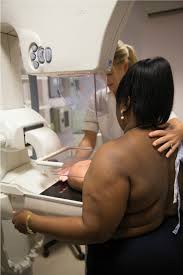
Rather than worrying about breast size, the emphasis should be on regular cancer screening and early detection. Mammograms, clinical breast exams, and self-breast exams are valuable tools for detecting cancer in its early stages when it is most treatable.
The belief that individuals with large breasts are at the highest risk of contracting breast cancer is a misconception that has no basis in scientific evidence. Breast size is not a determinant of cancer risk. It’s vital to focus on well-established risk factors such as age, family history, genetics, hormonal influences, and lifestyle choices. Regular screening and early detection remain the most effective methods for reducing the impact of this disease.
Disclaimer: The information provided in this content is for general informational purposes only. It is not intended as medical or healthcare advice, diagnosis, or treatment. Always seek the advice of a qualified healthcare professional with any questions you may have regarding a medical condition or healthcare decisions.




